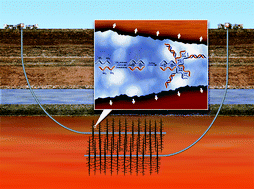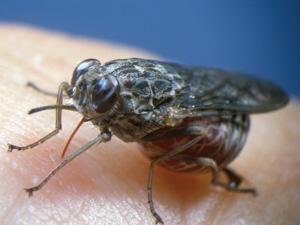Check out the following HOT articles, these have all been made free to access for a limited time:
Chemical conversion pathways for carbohydrates
Chandrani Chatterjee, Frances Pong and Ayusman Sen
Green Chem., 2015, Advance Article
DOI: 10.1039/C4GC01062K
Catalytic conversion of carbohydrate-derived oxygenates over HZSM-5 in a tandem micro-reactor system
Kaige Wang, Jing Zhang, Brent H. Shanks and Robert C. Brown
Green Chem., 2015, Advance Article
DOI: 10.1039/C4GC01784F
Upgrading biomass-derived furans via acid-catalysis/hydrogenation: the remarkable difference between water and methanol as the solvent
Xun Hu, Roel J. M. Westerhof, Liping Wu, Dehua Dong and Chun-Zhu Li
Green Chem., 2015, Advance Article
DOI: 10.1039/C4GC01826E
Recent progress on supported polyoxometalates for biodiesel synthesis via esterification and transesterification
Nilesh Narkhede, Sukriti Singh and Anjali Patel
Green Chem., 2015, Advance Article
DOI: 10.1039/C4GC01743A
A novel D-glucosamine-derived pyridyl-triazole@palladium catalyst for solvent-free Mizoroki–Heck reactions and its application in the synthesis of Axitinib
Chao Shen, Hongyun Shen, Ming Yang,Chengcai Xia and Pengfei Zhang
Green Chem., 2015, Advance Article
DOI: 10.1039/C4GC01606H 
Aqueous ionic liquid solutions as alternatives for sulphide-free leather processing
R. Vijayaraghavan, N. Vedaraman, C. Muralidharan, A. B. Mandal and D. R. MacFarlane
Green Chem., 2015, Advance Article
DOI: 10.1039/C4GC01476F
Si-mediated fabrication of reduced graphene oxide and its hybrids for electrode materials
Barun Kumar Barman and Karuna Kar Nanda
Green Chem., 2015, Advance Article
DOI: 10.1039/C4GC01485E
Conversion of biomass derived valerolactone into high octane number gasoline with an ionic liquid
Jiayu Xin, Dongxia Yan, Olubunmi Ayodele, Zhan Zhang, Xingmei Lu and Suojiang Zhang
Green Chem., 2015, Advance Article
DOI: 10.1039/C4GC01792G
Ionic liquids: not always innocent solvents for cellulose
Matthew T. Clough, Karolin Geyer, Patricia A. Hunt, Sunghee Son, Uwe Vagt and Tom Welton
Green Chem., 2015, Advance Article
DOI: 10.1039/C4GC01955E
Electrocatalytic upgrading of model lignin monomers with earth abundant metal electrodes
Chun Ho Lam, Christy B. Lowe, Zhenglong Li, Kelsey N. Longe, Jordan T. Rayburn, Michael A. Caldwell, Carly E. Houdek, Jack B. Maguire, Christopher M. Saffron, Dennis J. Miller and James E. Jackson
Green Chem., 2015, Advance Article
DOI: 10.1039/C4GC01632G



















